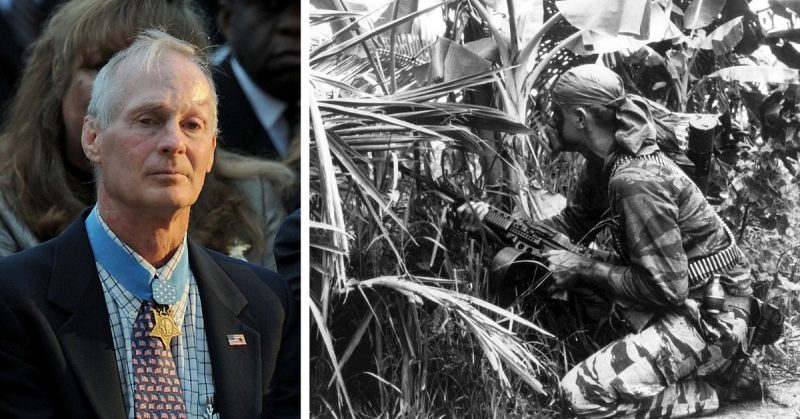When a draft notice came to Thomas Rolland Norris, he hoped to become a Navy pilot. But when visual acuity and depth perception issues became a stumbling block to his dreams of flying, he decided to become a Navy SEAL instead.
Going through Basic Underwater Demolition/SEAL (BUD/S) school was a real struggle for him, but he managed to graduate and become a SEAL. Little did he or his BUD/S instructors know what his hard-earned SEAL training would lead him to achieve.
Prior to being drafted, Norris, who had been born in Jacksonville, Florida on 14 January 1944, was an Eagle Scout and collegiate wrestling champion. He had earned a Sociology degree with a focus on Criminology from the University of Maryland, and was eyeing a career with the FBI.
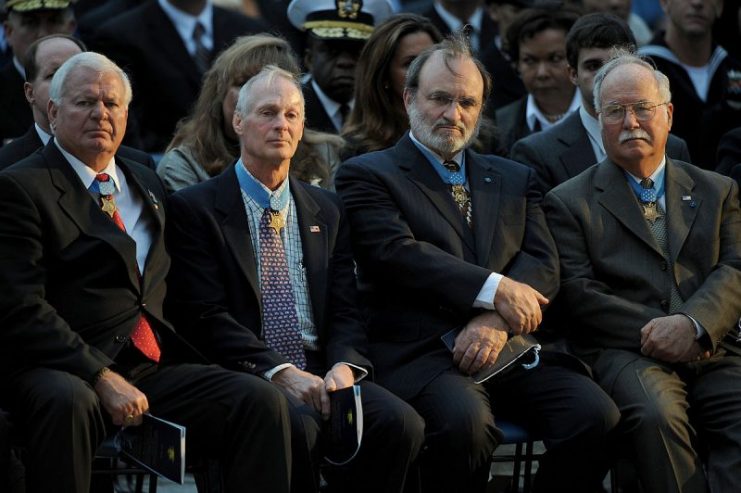
But after he was denied an extension on his student deferment from the draft as the war in Vietnam raged on, it was clear that the battlefield was calling.
Following his hard-won success with the BUD/S program, Norris was sent for his first tour of duty in Vietnam, after which he received a Bronze Star Medal with the “V” device.
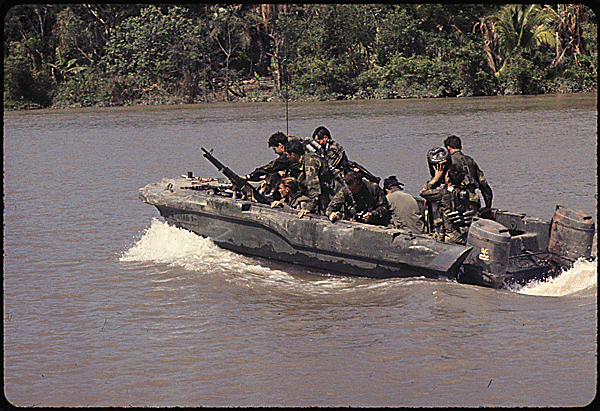
On April 2, 1972, while Norris was serving his second tour in Vietnam and as the Easter Offensive rolled into its third day, news came that an EB-66 plane had been shot down behind North Vietnamese lines. The area where the plane crashed was heavily fortified with over 30,000 enemy soldiers.
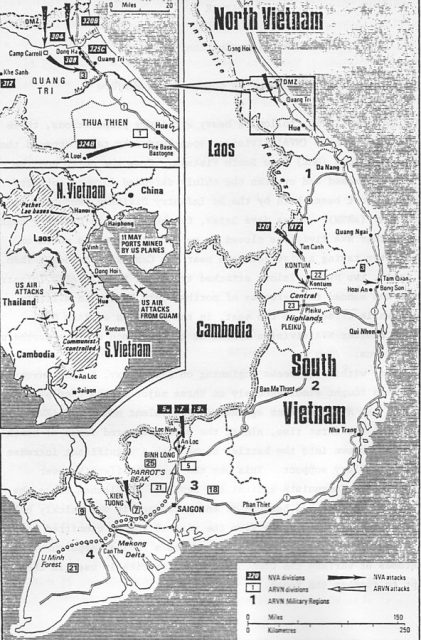
U.S. Air Force Lieutenant Colonel Iceal Hambleton was the lone survivor of the crash. He had firsthand knowledge of classified information from Strategic Air Command operations and also had expertise in ground-to-air missile countermeasures, so the Air Force was especially anxious that he not be captured by the enemy.
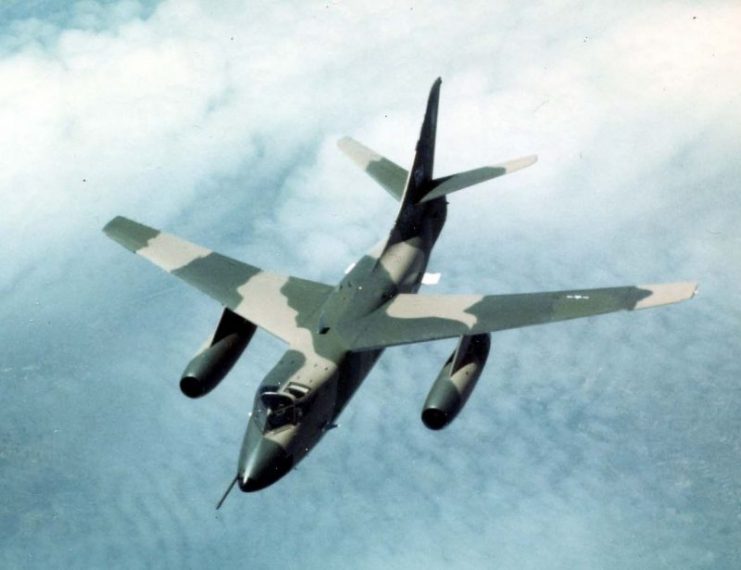
A rescue mission was quickly underway, but one of the rescuing planes was gunned down behind enemy lines, and only Lieutenant Mark Clark managed to escape capture after it crashed. This complicated matters for the Air Force, which now launched an effort to rescue both Clark and Hambleton.
Thus, the largest and most intense search-and-rescue operation of the Vietnam War ensued.
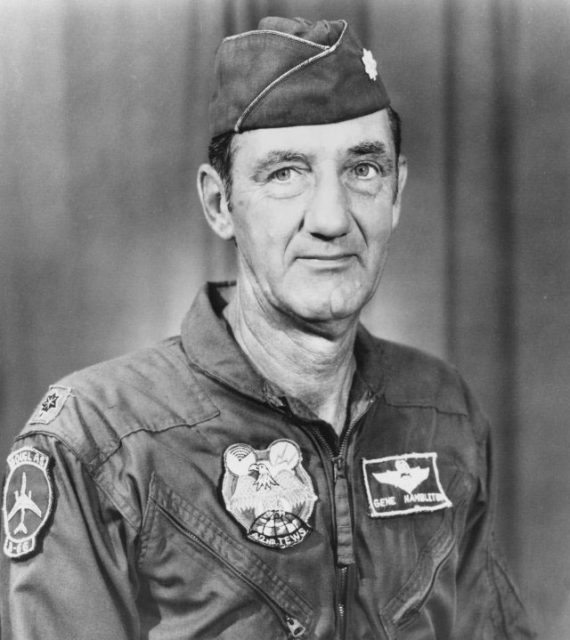
During the 5-day mission, 14 people were killed, 8 planes were destroyed, 2 rescuers were captured, and another 2 rescuers got stranded in enemy territory.
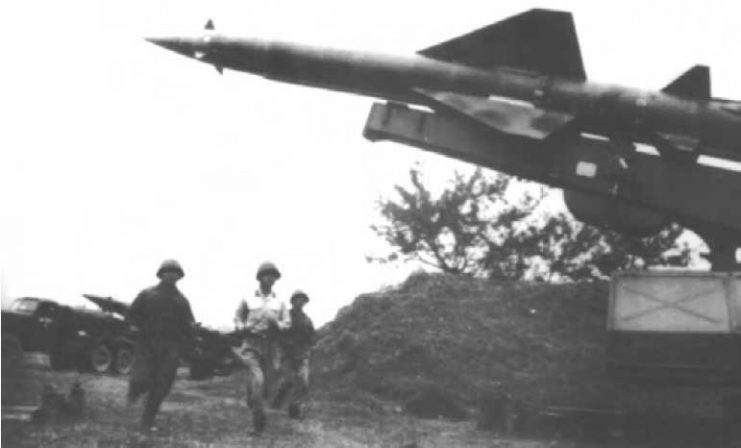
The entire time, communications were ongoing between the 7th Air Force and Clark and Hambleton, in order to help them evade capture. With losses mounting and no success from their efforts thus far, the Air Force finally ruled out a rescue by air.
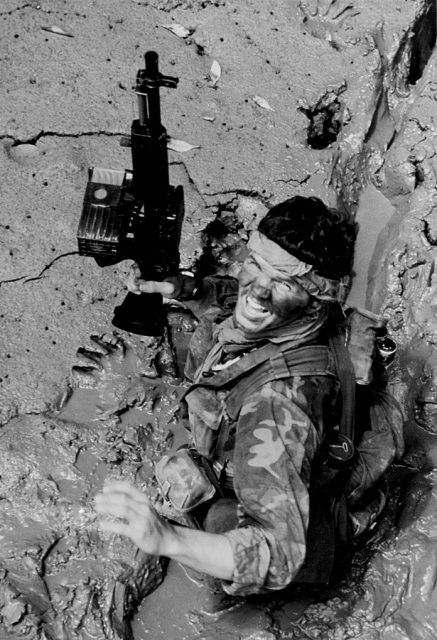
On April 8, a covert, land-based rescue operation was sanctioned, and Norris and 5 soldiers from the South Vietnamese Army were chosen for the op. On April 10, Norris led the group nearly one and quarter miles into fortified enemy territory. As the 11th dawned, they found Mark Clark.
They successfully maneuvered him back across the North Vietnamese territory and returned to their Forward Operating Base (FOB).
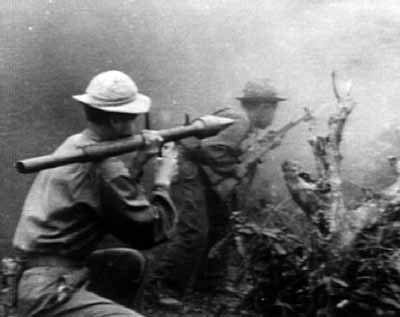
They cleaned up and geared up for the next mission which would be Hambleton’s rescue, but a cataclysmic North Vietnamese rocket and mortar attack was launched on their small outpost. In that very short moment, Norris lost two men from his team.
Picking themselves up, the next day the remaining team members proceeded into enemy territory on their mission to locate and rescue Hambleton.
They could not succeed.
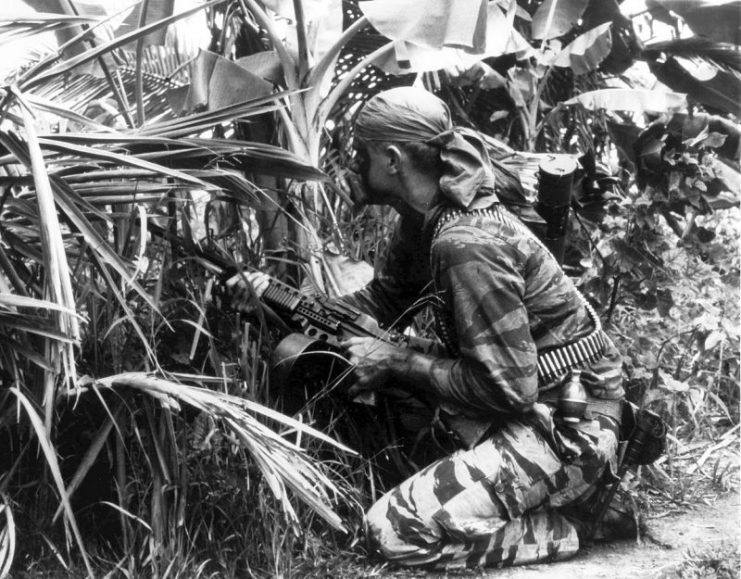
The magnitude of enemy emplacements and patrol units around this zone was such that two out of the three remaining South Vietnamese soldiers withdrew, leaving Norris with only one man, Petty Officer Third Class Nguyen Van Kiet (Republic of Vietnam Navy).
Together, they pressed on with the mission, and on April 13 Norris received details on Hambleton’s location from a Forward Air Controller.
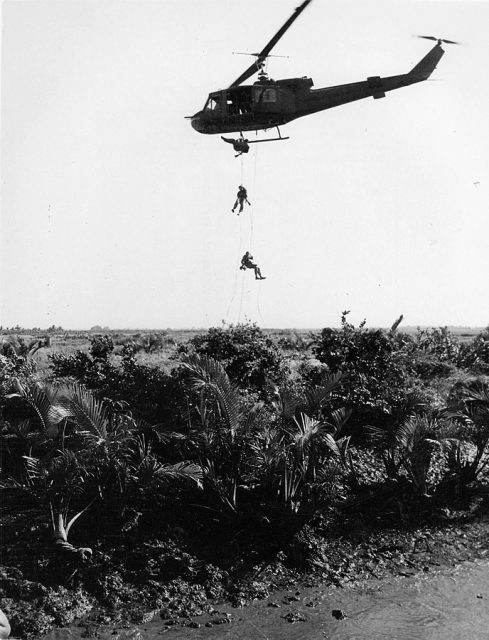
For their next attempt, Norris and Kiet disguised themselves as fishermen and set out up a river on a sampan. On getting to the location, they had a stroke of luck: Hambleton was right there, injured, but alive.
They hid him on the sampan, covering him with banana leaves, and headed back down the river.
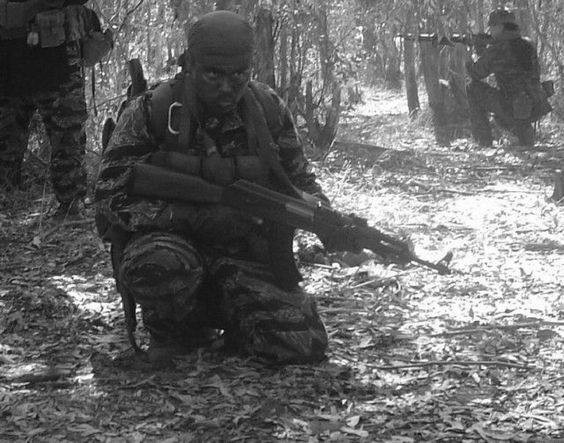
As they made for the FOB, they soon came under intense enemy fire. Norris called in air strikes which enabled them to shake off the onslaught and reach their base.
Owing to Norris and Kiet’s courage and commitment, both Clark and Hambleton were later successfully evacuated from the area.
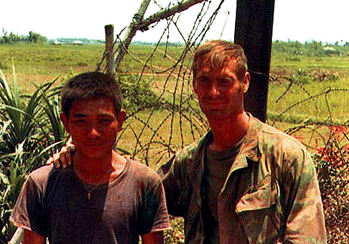
For his “outstanding display of decisive leadership, undaunted courage, and selfless dedication in the face of extreme danger” during the whole rescue operation, LT Thomas Norris was awarded the Medal of Honor on March 6, 1976 by President Gerald R. Ford.
